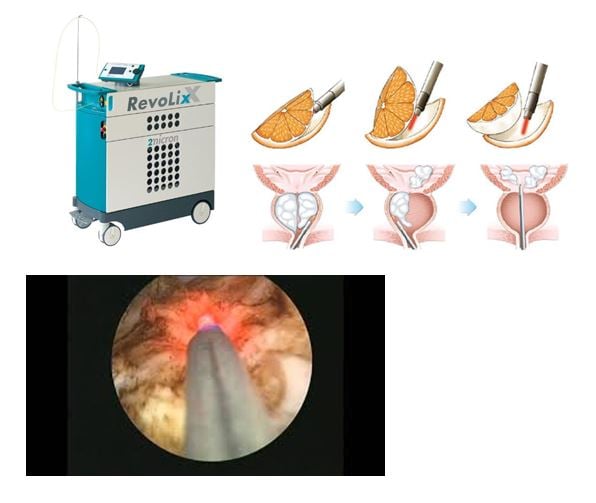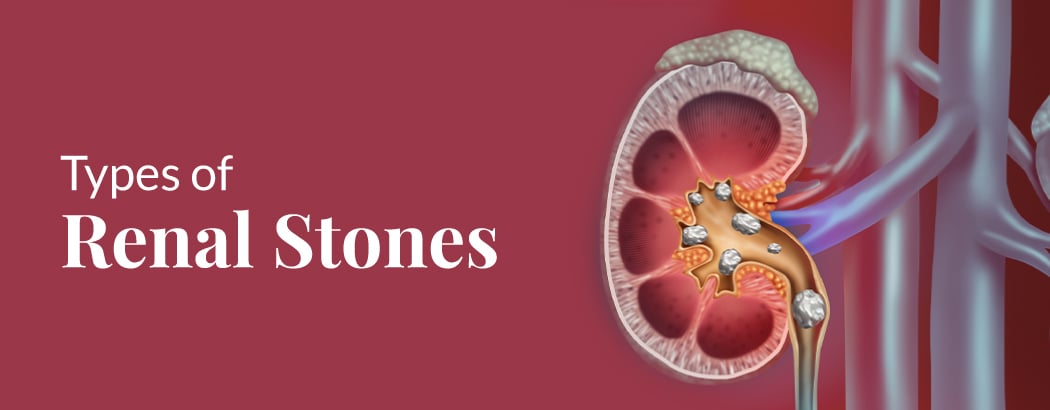Holmium Laser Enucleation of the Prostate (HoLEP)/Thulium Enucleation of Prostate(ThulEP)
HolEP/ThulEP is a modern alternative to the standard Transurethral Resection of the Prostate (TURP) procedure for bladder outflow obstruction due to prostate enlargement (BPH). It is a minimally invasive treatment for BPH done using laser.
What does the procedure involve?
HoLEP/ThulEP may be performed under either a spinal anaesthetic or a full general anaesthetic. A telescope is placed through the penis to prostate, where a high-powered holmium/thulium laser is used to separate the obstructing prostate tissue from its surrounding capsule and to push it in large chunks into the bladder. An instrument called morcellator is then used through a telescope device to cut the prostate lobes into very small pieces which are then removed with a suction device from the bladder. Finally, a catheter is placed in the penis to drain the bladder overnight.
This tissue can be analysed to identify whether there was any evidence for cancerous change within the prostate. This differs from some other laser procedures which work by completely destroying the prostate tissue that is removed (called ablation).
Who is it suitable for?
It can be performed on men of any age with urinary obstruction caused by an enlarged prostate. It is particularly indicated in men with large prostates (over 60mls in size) and men on medications to thin the blood such as warfarin, aspirin or clopidogrel in whom it cannot be stopped.
What are the advantages
- There is no upper size limit of prostate that can be operated upon – traditionally men with prostates over 100ml in size needed major open surgery which can now be done with minimally invasive technique of HoLEP/ThulEP
- In the traditional TURP operation, complications from surgery sharply rise after 60 minutes of the operation time limiting the amount of tissue that can be removed. If done by laser technique there is no such restriction and more tissue can be removed thus benefiting patient in the long run
- There is often less bleeding than after a TURP
- Discharge is often quicker than after TURP at 1-2 days
- The chance of recurrence requiring further surgery is very low
- Patients who are on blood thinning medications such as warfarin, aspirin and clopidrogel might sustain harm if the medication is stopped before TURP. These patients can have their prostate removed by HoLEP without having to stop these medications
- Rapid recovery
- Lower complication rate
- No metabolic or electrolyte complications
- Ability to destroy bladder stones if present
What are the disadvantages of HoLEP?
The procedure takes slightly longer than a TURP and requires specialist training









